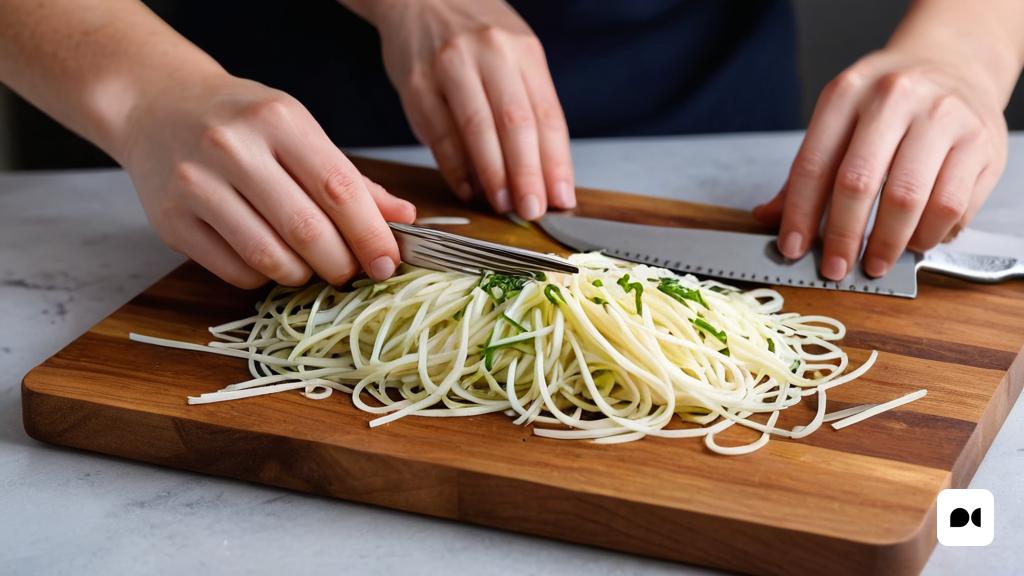The importance of a good cut in the kitchen
The way the ingredients are cut is not only an aesthetic aspect, it directly affects both the quality of the cooking and the flavor of the food. By exploring various cutting techniques, chefs can enhance the taste and presentation of their dishes, turning every meal into a memorable dining experience.
Fundamental techniques for cooks: Exploring four key techniques
Juliana cut: Versatility and speed
Using the julienne cut allows you to obtain tall, thin strips of ingredients such as carrots, peppers and onions, similar to delicate toothpicks. This technique begins with the creation of rectangular pieces that are later transformed into thin strips 5 to 7 cm long and between 1 and 2 mm thick. Ideal for quick dishes such as salads or stir-fries, judging the size of each cut contributes to efficient cooking.
Brunoise cut: The key to precision
The brunoise cut is characterized by the creation of tiny cubes, 2 to 3 mm on a side. This technique is essential for sauces and fillings, where fine texture and flavor distribution are crucial. It consists of julienne cutting the vegetables first, then transforming these strips into small cubes, adding a dimension of sophistication both in the texture and appearance of the dish.
Chiffonade cut: Elegance in every dish
With the chiffonade cut, the leaves of herbs or vegetables are carefully removed in thin strips. This technique excels in salads and decorations, guaranteeing an attractive presentation. To make it, the leaves are stacked, made into a cylinder and cut into small pieces. The results provide an attractive display and a homogeneous taste.
Tall Mirepoix: The basis of flavors
The mirepoix cut involves a coarser and more irregular chop, suitable for broths and stews. Generally, ingredients such as onions, carrots and celery are cut into pieces ranging from 1 to 2 cm. This technique allows the ingredients to bring their flavors to the dish without the need to achieve precise uniformity, since the pieces can be removed once the desired aromas have been sculpted.
Transformation through cutting
Deepening the knowledge and practice of these four techniques can revolutionize the way in which dishes are prepared in the kitchen. Each cut not only provides a visual aspect, but also influences the cooking process and, of course, the sensory experience of those who enjoy the dishes. As these skills are honed, cooks can augur significant improvement in their culinary art, offering preparations that are not only delicious, but also aesthetically appealing.

